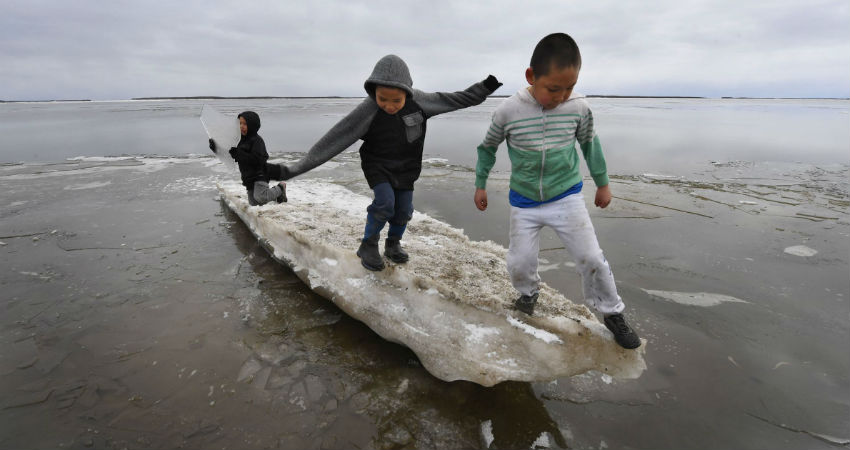
The year 2019 ends a decade of exceptional global heat, retreating ice and record sea-levels driven by the greenhouse gases from human activities.
According to the World Meteorological Organization (WMO), 2019 is on course to be the second or third warmest year on record. While the average temperatures for the five-year (2015-2019) and ten-year (2010-2019) periods are almost certain to be the highest on record.
As per the WMO, a provisional statement on the State of the Global Climate, the global average temperature in 2019 (January- October) was about 1.1 degrees Celsius above the pre-industrial period.
Carbon Dioxide has been in the atmosphere for centuries and the ocean for even longer. In 2018, the concentrations of carbon dioxide in the atmosphere has hit a record level of 407.8 parts per million and it continued to rise in 2019.
According to the report, the sea-level rise has escalated since the start of satellite measurements in 1993 because of the melting of ice sheets in Greenland and Antarctica.
Also, vital marine ecosystems are being degraded. The daily Arctic sea-ice extent minimum in September 2019 was the second-lowest in the satellite record and October further saw low extents. While in Antarctica, 2019 witnessed record low ice extents in some months.
WMO Secretary-General Petteri Taalas said that if no urgent climate action is taken, then by the end of the century, there will be an immense increase in temperature and will be more than three degrees. Also, he said that looking at the efforts then we are certainly not near the track to meet the Paris Agreement target.
Mr. Taalas also said that in 2019 the weather and climate-related risks have hit hard. Heat waves and floods which used to be “once in a century” events are becoming more regular occurrences. Countries ranging from the Bahamas to Japan to Mozambique suffered the effect of devastating tropical cyclones. Wildfires swept through the Arctic and Australia.
The main impacts of climate change have been the erratic rainfall patterns. This has led to a threat to crop yields and if combined with population increase then it means considerable food security challenges for vulnerable countries in the future.
Extreme heat conditions are taking an increasing toll on human health and health systems with greater impacts where there are aging populations, urbanization, urban heat island effects, and health inequities. In 2018, a record 220 million more heatwave exposures by vulnerable persons over the age of 65 occurred, compared with the average for the baseline of 1986-2005.
Climate variability and extreme weather events are among the key drivers of the recent rise in global hunger and one of the leading causes of severe crises. After a decade of steady decline, hunger is on the rise again – over 820 million people suffered from hunger in 2018. Among 33 countries affected by food crises in 2018, climate variability and weather extremes a compounding driver together with economic shocks and conflict in 26 countries and the leading driver in 12 of the 26.
More than 10 million new internal displacements were recorded between January and June 2019, 7 million being triggered by hazard events such as Cyclone Idai in southeast Africa, Cyclone Fani in south Asia, Hurricane Dorian in the Caribbean, flooding in Iran, the Philippines and Ethiopia, generating acute humanitarian and protection needs.
The final Statement on the State of the Climate with complete 2019 data will be published in March 2020.
Image Credits – Axios
Any information taken from here should be credited to Skymet Weather


